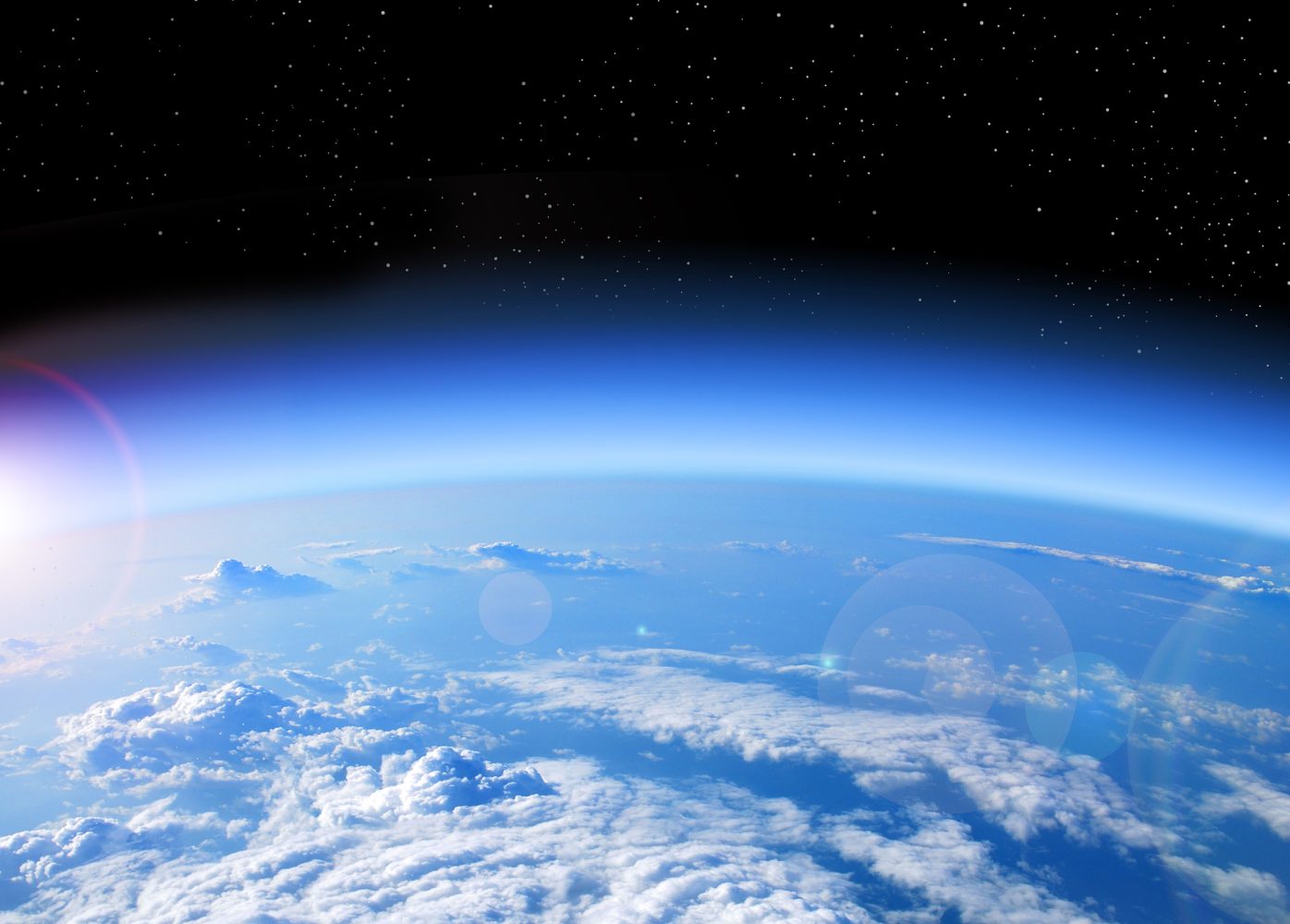For now, life thrives on our oxygen-rich planet. But Earth’s atmosphere won’t always be so welcoming. In fact, scientists predict that Earth will eventually undergo a drastic atmospheric shift—one that will drive most life, including humans, to extinction, marking the end of life on Earth as we know it.
Despite how vital it is to our existence, the presence of oxygen in Earth’s atmosphere is a relatively recent feature in our planet’s long and storied history. Before the Great Oxidation Event (GOE) around 2.4 billion years ago—when cyanobacteria helped drastically change the amount of oxygen in our oceans and atmosphere—Earth had very little oxygen.
During this time, anaerobic life forms like the aforementioned cyanobacteria thrived in the planet’s methane-rich atmosphere and iron-rich oceans. In fact, there was so much iron in our oceans that our oceans would have been green instead of the blue we know today. When the GOE happened, though, life on Earth changed drastically.
According to researchers, Earth’s atmosphere will eventually revert to this ancient state, becoming low in oxygen and rich in methane once again. Scientists also predict this transformation will happen before our planet loses its surface water due to increased solar radiation, making the planet uninhabitable for humans and most other complex life forms.
So why is this happening? Well, as time goes on, the Sun is gradually getting brighter and hotter as it ages and expands before eventually exploding. As it does, it will increase the breakdown of carbon dioxide in our atmosphere. Since carbon dioxide is crucial for photosynthesis, this will eventually lead to a decline in oxygen-producing plants, bringing an end to life on Earth as we know it.
And with fewer photosynthetic organisms, oxygen levels will plummet dramatically—potentially to levels a million times lower than today. The change will occur rapidly on a geological scale, leaving most oxygen-dependent organisms little time to adapt. This disappearance of oxygen will wipe out not only animals and plants but also entire ecosystems that rely on aerobic life.
But this isn’t the end of Earth. While humans and other oxygen-breathing creatures will perish, microbial life is expected to persist. The future Earth will be dominated by anaerobic organisms—bacteria and archaea that thrive in oxygen-free environments. These microbes existed before the GOE and will likely continue to flourish long after oxygen is gone. Sure, life as we know it will end, but Earth will go on.
But, a billion years is a long time, and if humanity is still around, we’ll need to seek refuge elsewhere. Colonizing other planets, developing artificial biospheres, or even finding ways to prolong Earth’s habitability are all likely goals that the scientific community will lean into.
Sure, the end of oxygen spells doom for most life on Earth as we know it. However, this is merely a continuation of the planet’s ever-changing nature and long history of extinction events. Earth will persist—it will just do so without us.
The post This is how most life on Earth will end appeared first on BGR.
Today’s Top Deals
Presidents’ Day deals: Apple blowout, LG OLED TVs, Fitbits, Miele vacuums, Sony ANC headphones, more
Presidents’ Day weekend deals: $298 Nintendo Switch OLED, $279 Apple iPad 10, Dell & HP laptops, more
Today’s deals: $699 Apple Watch Ultra 2, $25 Belkin power strip, $110 off KitchenAid Stand Mixer, more
Today’s deals: Apple Watch S10 at all-time low price, $16 3-in-1 wireless charger, laptop sale, more
This is how most life on Earth will end originally appeared on BGR.com on Sat, 22 Feb 2025 at 09:01:00 EDT. Please see our terms for use of feeds.
